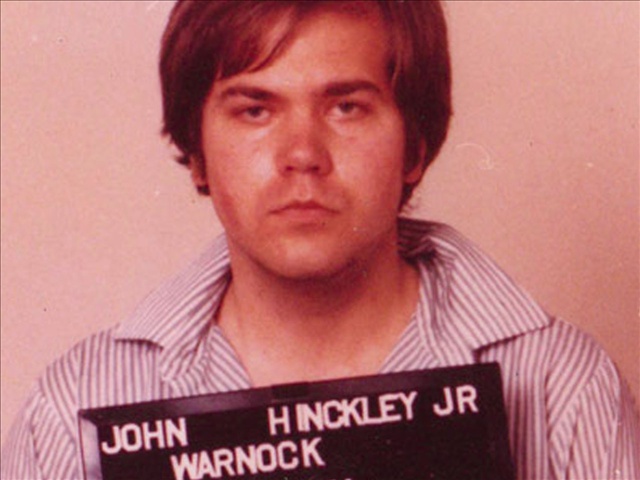
Since launching this blog on January 1, 2010, I have written 184 posts. In an average month, between 2,000 to 3,000 readers check to see what I have posted. When a blog is especially controversial that number can jump to 6,000. Readers have posted 1,000 comments. Thank you for your interest.
I started this blog after several New York publishers rejected an idea for a book that I called HOPE. I wanted to write about successful mental health treatment programs that were helping people recover. Unfortunately, the editors who heard my pitch were not interested in a book about success stories. I began this blog because I wanted to continue writing about issues, mostly mental health related, that are important to me, especially hope.
The start of a New Year is a good time for reflection – so I have reviewed my 184 posts and picked out a handful to highlight. If you didn’t read them when they were originally posted, perhaps you will glance at them now.


 I’ve been busy getting ready for the release of The Serial Killer Whisperer in January.
I’ve been busy getting ready for the release of The Serial Killer Whisperer in January.



